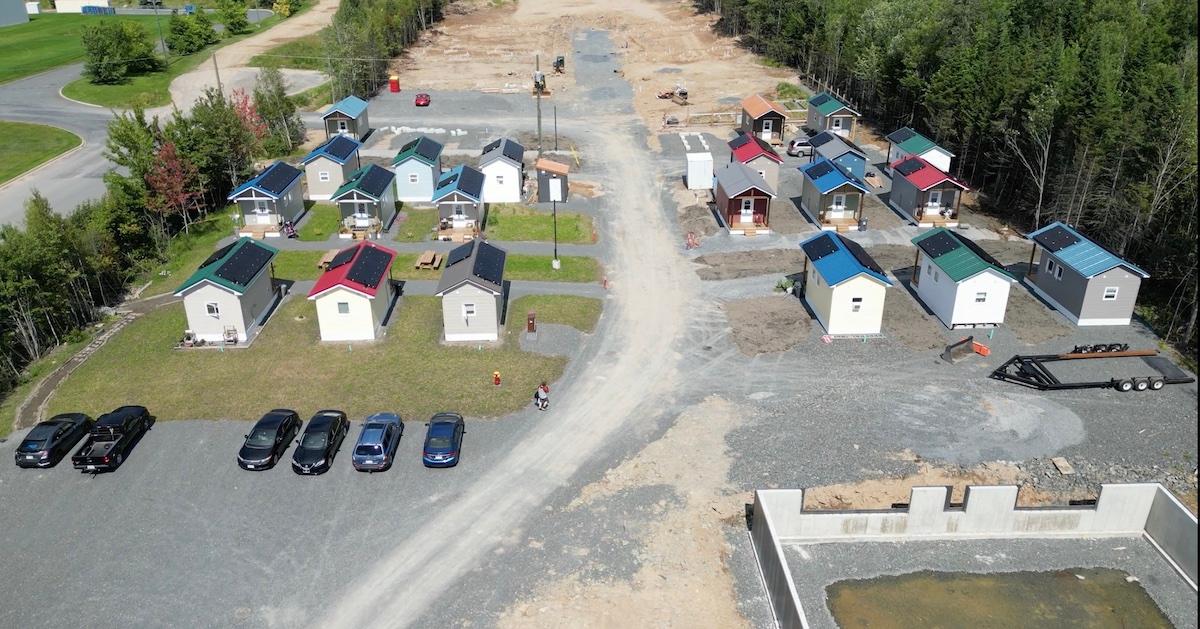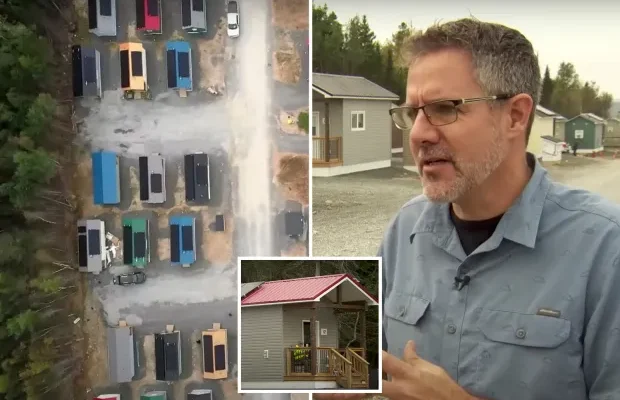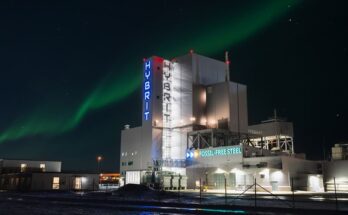After achieving success in the tech world, most millionaires might invest in luxury homes, yachts, or startups. But Marcel LeBrun, a Canadian entrepreneur and former tech CEO, chose a radically different path. After selling his tech company for hundreds of millions, LeBrun decided to invest $4 million of his own money into building something far more impactful—a village of tiny homes for people experiencing homelessness.

Located in Fredericton, New Brunswick, the project includes 99 fully equipped tiny homes, each designed to offer more than just shelter. These homes are compact but complete, featuring kitchens, bathrooms, heating systems, and solar panels. More importantly, they represent a thoughtful, human-centered approach to one of the most pressing social issues of our time: homelessness.
But LeBrun’s vision goes far beyond simply providing a roof over someone’s head. He believes in addressing the root causes of homelessness—including isolation, lack of opportunity, and systemic barriers—by creating a vibrant, self-sustaining community. That’s why this tiny home village includes not just housing, but an entire ecosystem of empowerment: a community coffee shop, a teaching kitchen for culinary training, and space for resident-run small businesses. Every element is designed to foster connection, restore dignity, and create pathways to lasting change.

At the heart of this initiative is the belief that people thrive not when they are given charity, but when they are given opportunity and respect. LeBrun describes his mission as “building community, not just houses.” It’s a model rooted in compassion and practicality, where people are treated not as problems to be solved, but as individuals with potential, talents, and the right to live in dignity.

Residents of the community will not only have their own space—a critical step toward self-worth and autonomy—but will also be encouraged to engage in meaningful work, build skills, and contribute to the day-to-day functioning of the village. This peer-led approach creates a sense of ownership and pride, turning former homelessness into a platform for personal transformation.
Importantly, the project is designed with sustainability in mind. The use of solar panels helps reduce utility costs and environmental impact, while also teaching residents about green technology and energy independence. It’s a small but significant nod to a future where social responsibility and environmental stewardship go hand in hand.
LeBrun’s decision to commit his personal wealth to this project came from a deep sense of purpose and social responsibility. “I wanted to do something that was both practical and powerful,” he explained. “To create something that changes lives and makes people feel seen and valued.” His investment is not a temporary donation—it’s the foundation for a long-term community, one designed to last and evolve with its residents.
What sets this initiative apart is its emphasis on dignity, agency, and innovation. Instead of temporary shelters or transitional housing, this village offers permanence—a place to call home, not just a place to sleep. And with access to supportive services, job training, and entrepreneurship opportunities, residents aren’t just surviving—they’re building a future.
Already, LeBrun’s project is gaining attention across Canada and beyond, inspiring discussions about how other cities can replicate the model. It’s a hopeful reminder that real change doesn’t always require massive government budgets—it often starts with individuals willing to lead with vision and heart.
In a world too often overwhelmed by the scale of homelessness, Marcel LeBrun offers a refreshing and radical approach: invest in people, build community, and treat everyone as worthy of hope and opportunity. His tiny homes may be small in size, but they are monumental in impact—proving that even the most ambitious dreams of social change can begin with a simple, human idea: home is where dignity begins.



